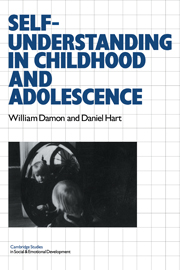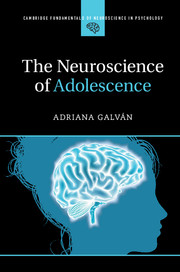Self-Understanding in Childhood and Adolescence
This important book provides a comprehensive look, from a developmental perspective, of how children and adolescents come to understand themselves during the first two decades of life. It explores every aspect of this central area of social cognition, including the physical, social, active, and psychological aspects of self. The authors present data from several cross-sectional and longitudinal studies of children's and adolescents' self-conceptions, and they present alternative methods for interviewing children about themselves and for analyzing children's responses for developmental level and schematic orientation. They offer theoretical explanations about the processes that account for normal development of self-understanding and contrast these with abnormal processes that arise in populations of clinically disturbed youth. A chapter is also devoted to the study of children living in a remote agrarian setting, whose self-understanding is contrasted with the self-conceptions of children in the United States.
Product details
February 1992Paperback
9780521424998
220 pages
229 × 152 × 16 mm
0.49kg
Available
Table of Contents
- Preface
- 1. Introduction
- 2. Previous developmental theory and research
- 3. A developmental model of self-understanding
- 4. The self-understanding interview and scoring procedures
- 5. Understanding the self-as-object
- 6. Understanding the self-as-subject
- 7. Self-understanding and adolescent mental health with Mira Zamansky Levitt
- 8. Self-understanding in a Puerto Rican fishing village with Nadia Lucca
- 9. Self-understanding and social cognition
- References
- Indexes.







